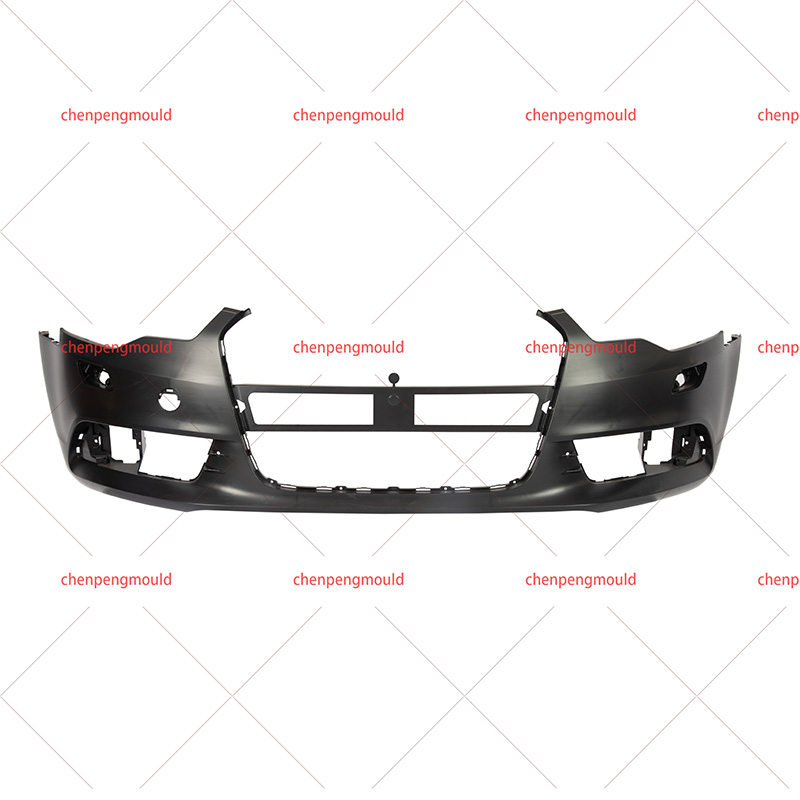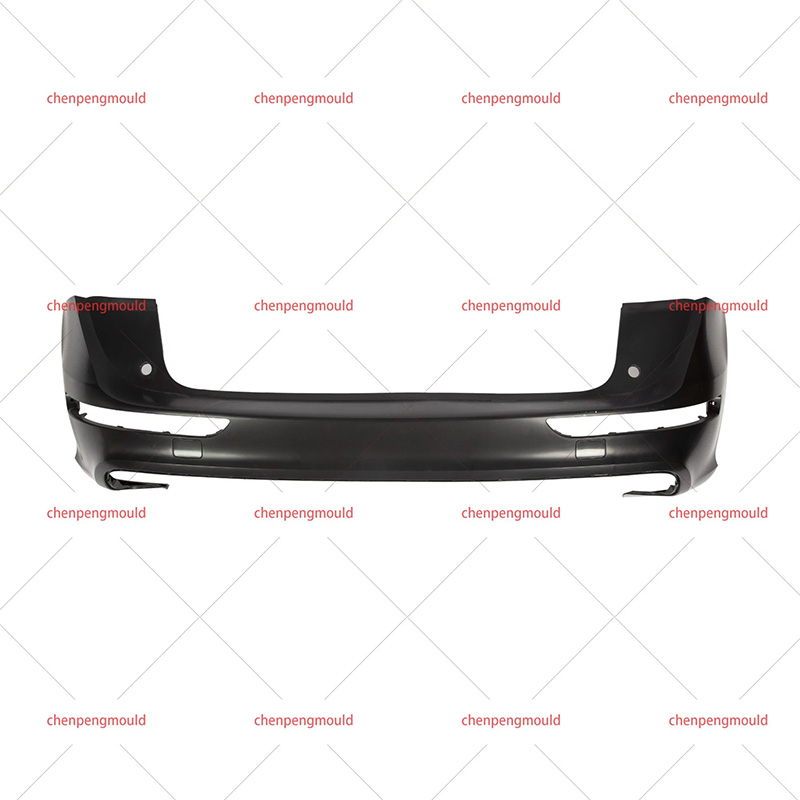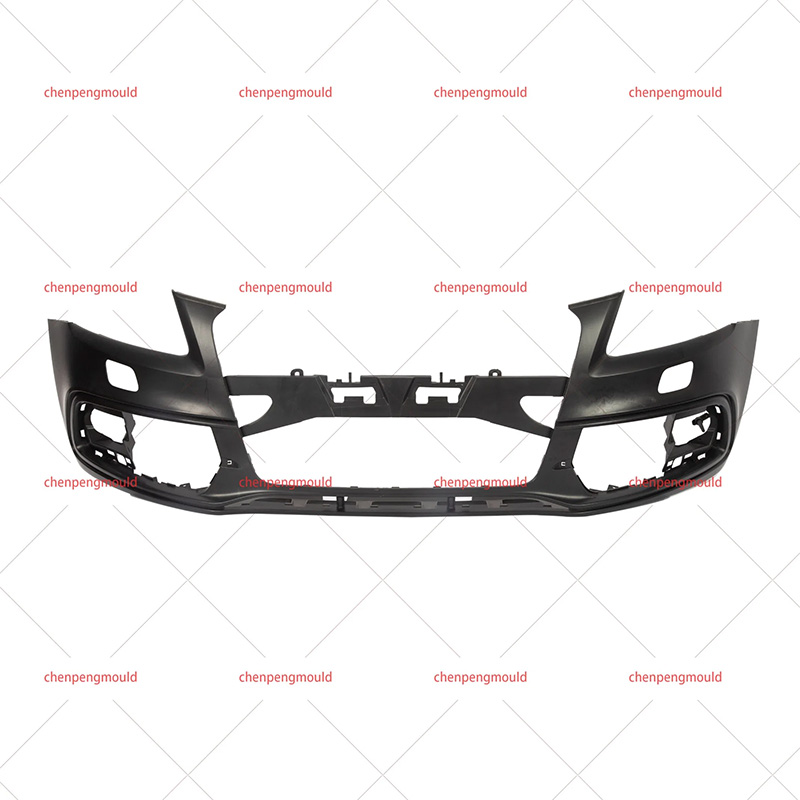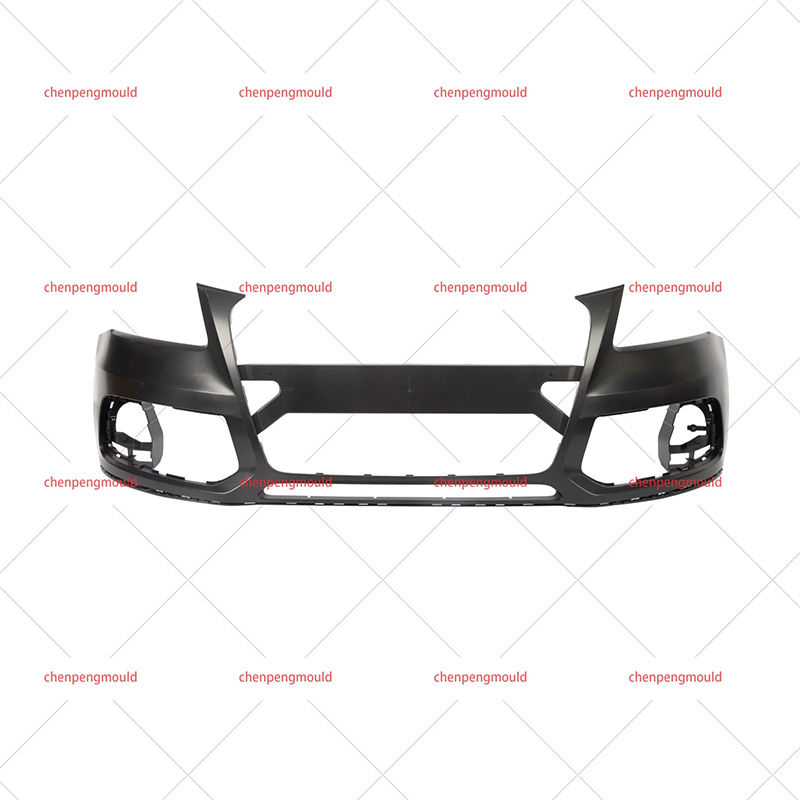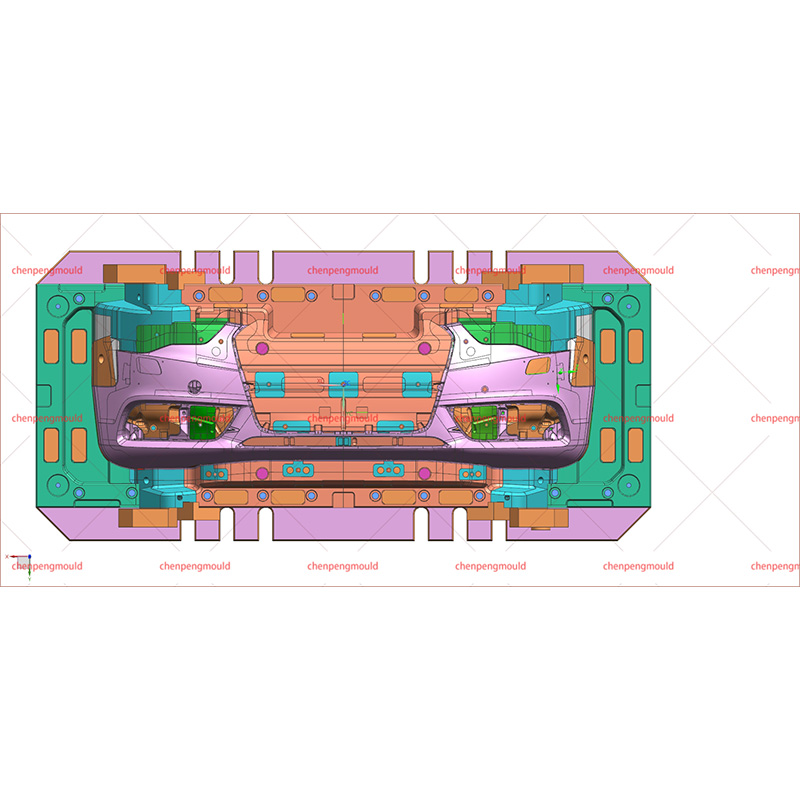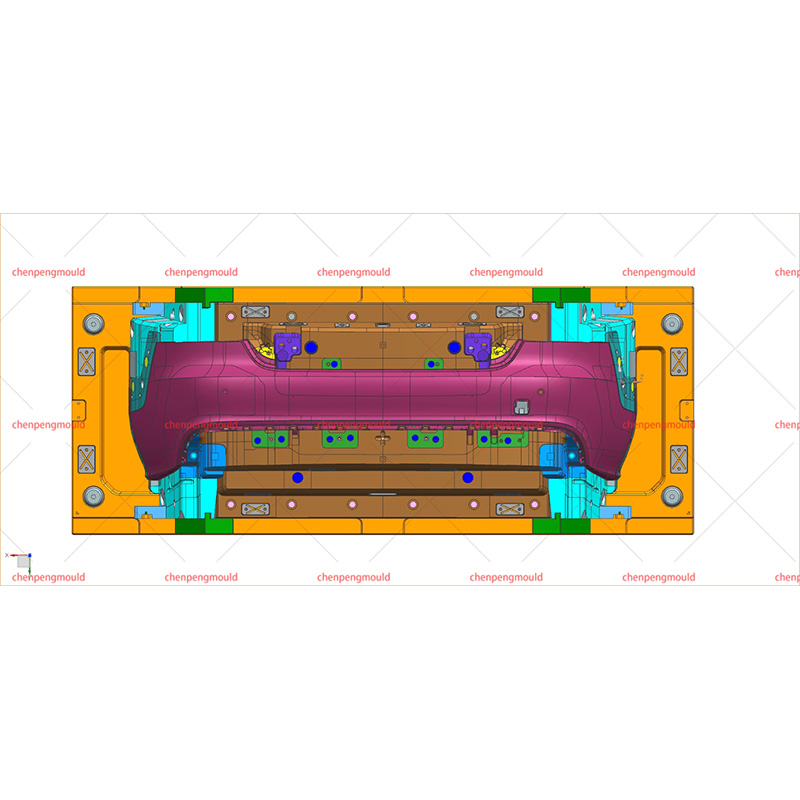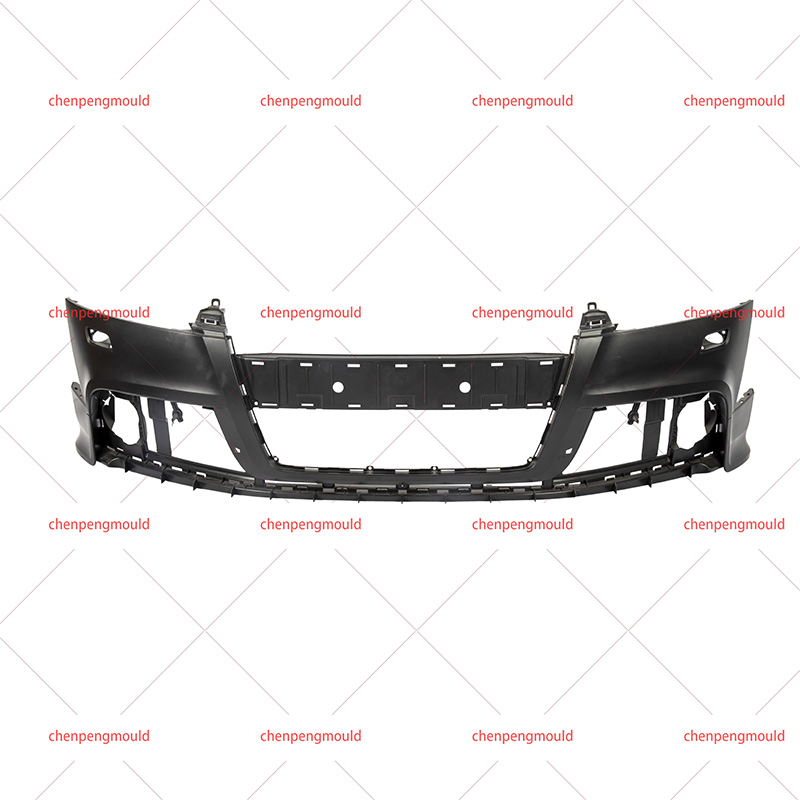Due to the size and complexity of vehicle bumpers, these moulds are usually large, heavy, and constructed from high-quality steel or aluminum alloys to withstand repeated high-pressure injections and maintain dimensional accuracy over long production runs.
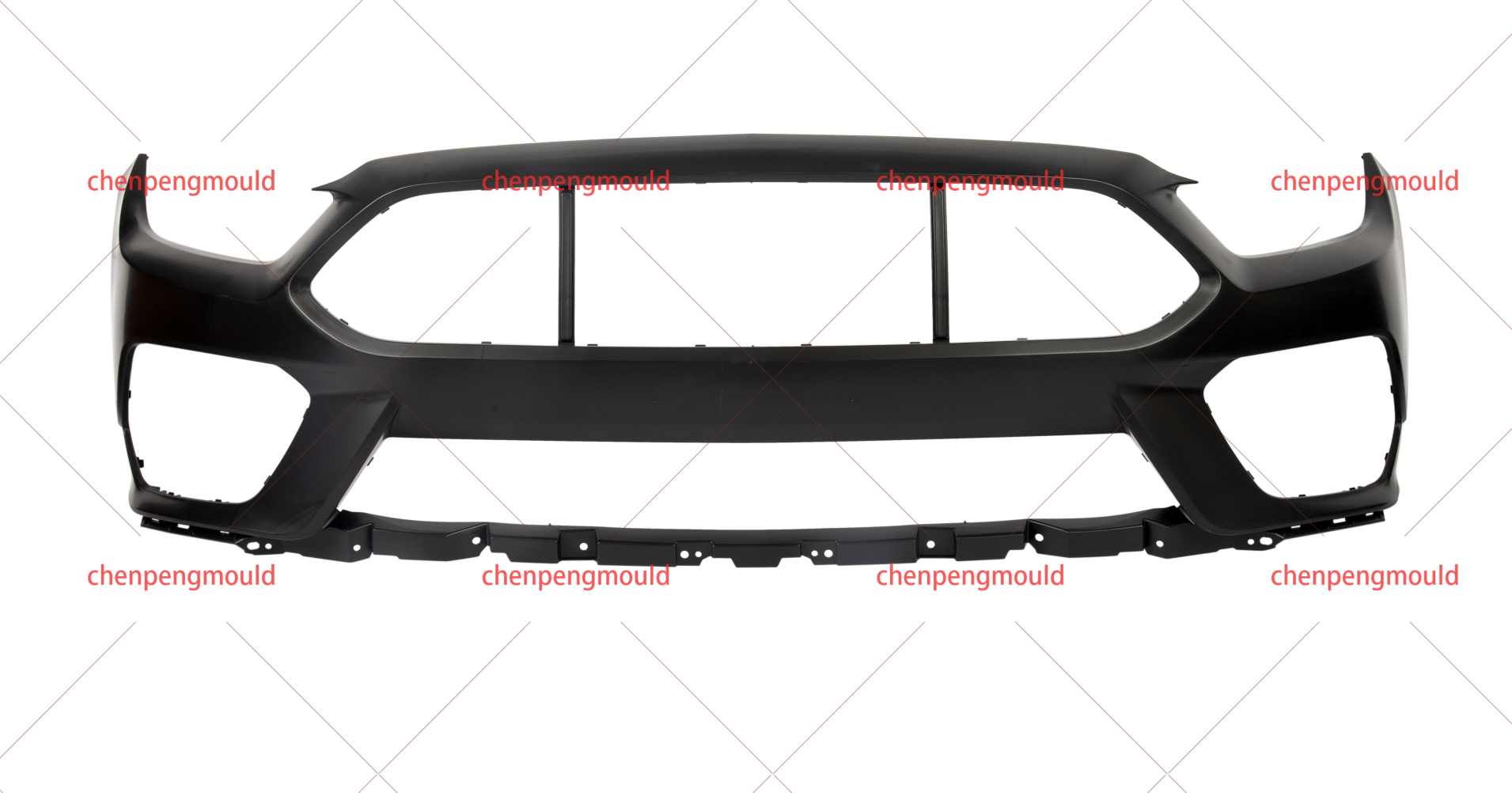
The use of plastic bumper moulds has become a standard practice in modern automotive manufacturing for several key reasons:
1. Lightweight and Safety
Plastic bumpers contribute to overall vehicle weight reduction compared to traditional metal bumpers. This weight saving improves fuel efficiency and reduces emissions, which aligns with global environmental regulations. Additionally, plastic materials used in bumpers are designed to absorb and dissipate impact energy effectively, enhancing passenger safety during collisions.
Plastic bumper moulds enable the production of bumpers with integrated energy-absorbing structures, such as ribs and foam cores, by allowing complex internal geometries that would be difficult or expensive to achieve with metal fabrication.
2. Design Flexibility
Plastic bumper moulds facilitate high design flexibility. Automakers can develop bumpers with intricate shapes, surface textures, and color variations without additional painting or assembly steps. This capability supports evolving consumer preferences for unique vehicle styling and brand differentiation.
Moreover, moulds can be modified or updated to accommodate design changes or different vehicle models, providing manufacturers with adaptability and quicker time-to-market.
3. Cost Efficiency and Production Volume
Injection molding using plastic bumper moulds is highly efficient for mass production. Once a mould is created, it can produce thousands to millions of bumpers with consistent quality and minimal material waste. This scale of production drives down the unit cost, making plastic bumpers a cost-effective solution for original equipment manufacturers (OEMs) and suppliers.
Plastic bumper moulds vary according to manufacturing requirements, vehicle type, and bumper design. Common types include:
Single Cavity Moulds: Produce one bumper per cycle, suitable for low to medium volume production or prototype development.
Multi-Cavity Moulds: Allow the production of multiple bumpers per cycle, increasing output efficiency for high-volume manufacturing.
Two-Shot Moulds: Enable the molding of bumpers with two different materials or colors in a single cycle, useful for bumpers with integrated trims or varying hardness zones.
Insert Moulds: Allow the insertion of metal or other components into the mould before plastic injection, producing hybrid bumpers with enhanced strength or functionality.
Each type requires specific engineering and maintenance approaches to ensure performance.
1. Material Selection
The choice of plastic resin directly impacts the bumper's performance and the mould's lifespan. Common materials include polypropylene (PP), thermoplastic olefins (TPO), and acrylonitrile butadiene styrene (ABS). These materials offer a balance of impact resistance, flexibility, and surface finish quality. The mould must be compatible with the chosen resin's processing temperature and viscosity.
2. Mould Design and Maintenance
Effective mould design focuses on uniform wall thickness, cooling channel placement, and venting to avoid defects such as warping, sink marks, or short shots. High-precision machining and regular maintenance are essential to maintain mould integrity, prevent corrosion, and reduce downtime.
3. Quality Control
Dimensional accuracy, surface finish, and mechanical properties are critical quality factors for plastic bumpers. Manufacturers use coordinate measuring machines (CMM), visual inspection, and impact testing to ensure the final products meet safety and aesthetic standards.
4. Environmental and Economic Factors
Recyclability and environmental impact are increasingly important in bumper production. Using recyclable plastics and designing moulds to minimize waste contribute to sustainability goals. Additionally, careful mould management and optimization of cycle times improve energy efficiency and reduce operating costs.

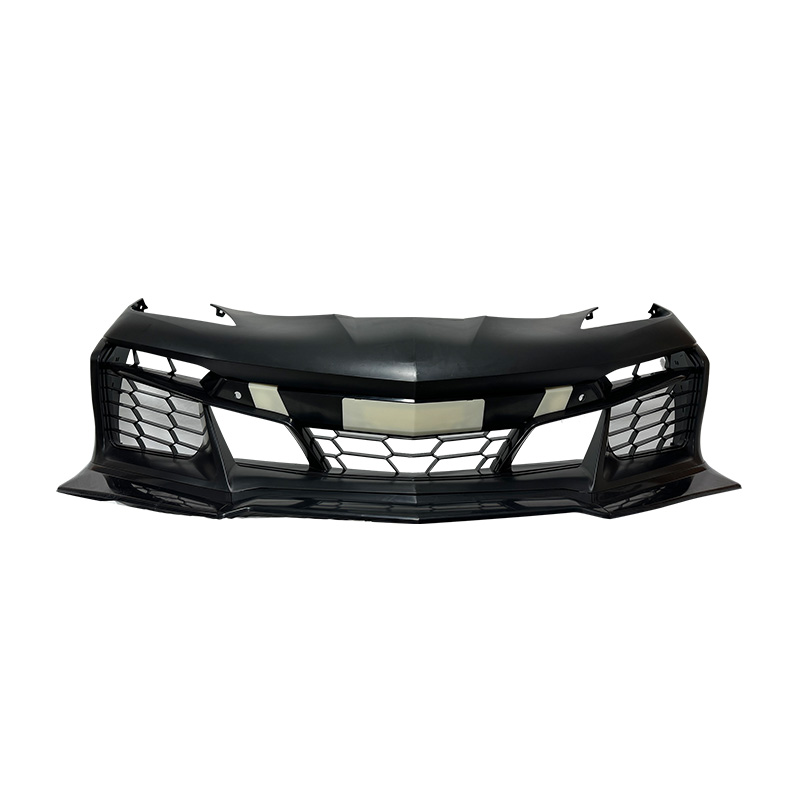


 +86-18357617666
+86-18357617666
